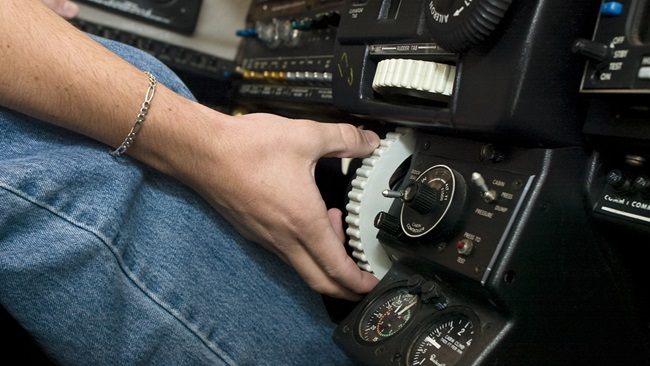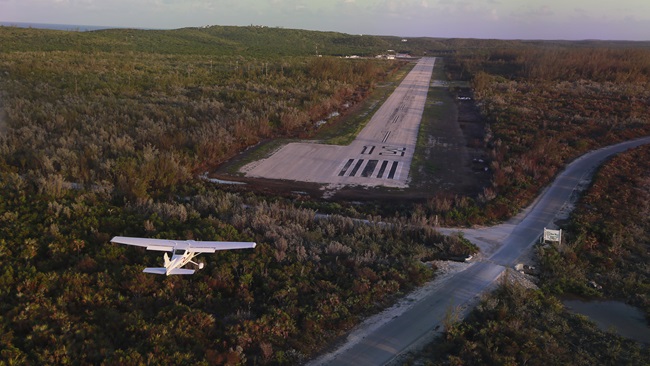Technique: Power-on stall recovery
Getting the wings flying again

To that end, you will learn types of stall recovery. One of these is recognition and recovery from a power-on stall. This type of stall can occur during a loss of engine power during the takeoff phase of flight, when your workload is high, and your attention is divided between flying the airplane and watching for traffic while monitoring airspeed, attitude, and oil temperature and pressure. Recognition and swift recovery are critical, since typically the airplane is low to the ground during this phase of flight, and it would be difficult to recover if the stall developed into a spin.
Power-on stall recovery can be a stressful maneuver for the new student pilot. “It’s the only VFR maneuver at the private pilot level where we lose sight of the horizon line,” said Sarah Staudt, chief flight instructor of AOPA’s Pilot Information Center. But, when you break stall recovery into chunks to understand what is happening, what you must do, and why the airplane responds the way it does, the maneuver becomes less stressful and more—well, maybe not fun, but at least tolerable.
Airman Certification Standards Section 7, Task C: Power-on Stalls
The applicant demonstrates the ability to:
- Clear the area.
- Select an entry altitude that will allow the task to be completed no lower than 1,500 feet agl (ASEL, ASES).
- Establish the takeoff, departure, or cruise configuration, as specified by the evaluator, and maintain coordinated flight throughout the maneuver.
- Set power (as assigned by the evaluator) to no less than 65 percent power.
- Transition smoothly from the takeoff or departure attitude to the pitch attitude that will induce a stall.
- Maintain a specified heading plus/minus 10 degrees if in straight flight; maintain a specified angle of bank not to exceed 20 degrees, plus/minus 10 degrees if in turning flight, while inducing the stall.
- Acknowledge cues of the impending stall and then recover promptly after a full stall occurs. Execute a stall recovery in accordance with procedures set forth in the pilot’s operating handbook/airplane flight manual.
- Configure the airplane as recommended by the manufacturer, and accelerate to VX or VY. Return to the altitude, heading, and airspeed specified by the evaluator.
Power settings
You can practice a power-on stall recovery using less than full power. This helps brings about the stall sooner, with less of a dramatic nose-up angle to achieve it. For practical test purposes, however, you should be ready to perform the stall at no less than 65 percent power and at whichever power setting and configuration the examiner may choose.



